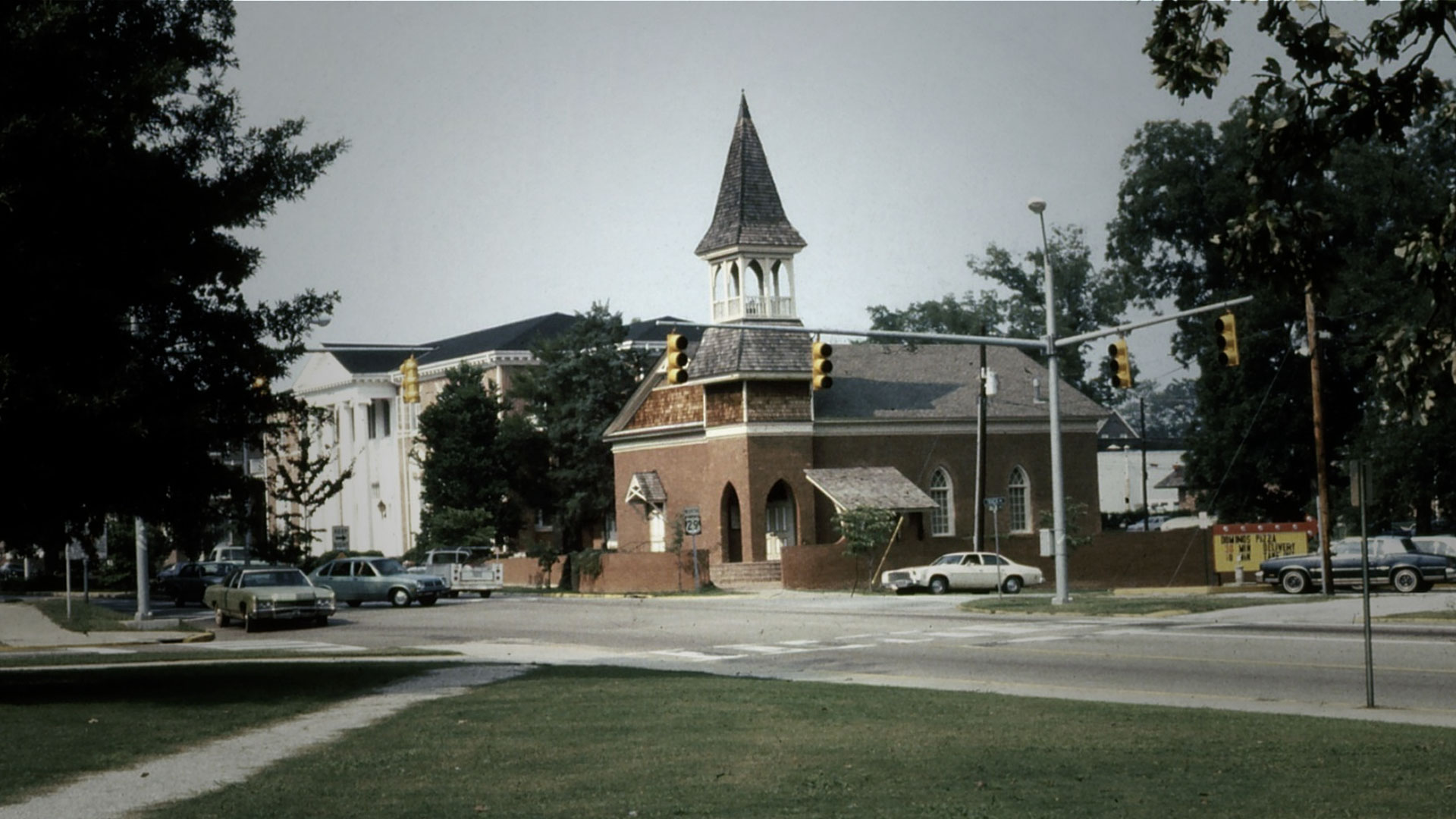Auburn University Chapel
The Civil War
The Auburn University Chapel, built in 1851 by a Presbyterian congregation, is the oldest public building in Auburn, Alabama. During the Civil War, it was utilized as a hospital for wounded Confederate soldiers. In 1864, Sydney Grimlett, a British volunteer serving for the South, was struck in the leg by pieces of cannon shrapnel. By the time he received care for his injured limb, it had turned gangrenous. Grimlett died of blood loss during the amputation (some sources claim he succumbed to the infection). He was buried in the nearby graveyard.
The University
In 1887, the Alabama Agricultural and Mechanical College burned down. The chapel was temporarily divided into classrooms. Around the turn of the century, the building was renovated. In 1921, Auburn University purchased the chapel, where it was used as the YMCA/YWCA for a few years. The Auburn Players Theater, Auburn University’s acting troupe, used the chapel from 1927 to 1973.
Haunting
Paranormal activity at the Auburn University Chapel was first reported during the 1960s. It is speculated that the emotional energy from the actors invited the ghost of Sydney Grimlett to haunt the resident acting troupe. His identity was discovered through the use of a Ouija board. When the troupe eventually relocated to another portion of the campus, Grimlett followed them. He reportedly now haunts Telfair Peet Theatre. Witnesses describe him as a "restless spirit." The spirit of Sydney Grimlett has been known to move props, whistle in the attic, produce floating lights, and tap a singular nervous foot. Students enjoy leaving Skittles candies for Sydney before performing in their shows.
The James T. Staples riverboat (officially registered as the Jas. T. Staples, also known as the Big Jim) was a Tombigbee River stern-wheel paddle steamer belonging to Captain Norman Staples, the boat’s designer who named it after his father.
The Russell Cave National Monument was a sacred burial site that is at least 10,000 years old.



